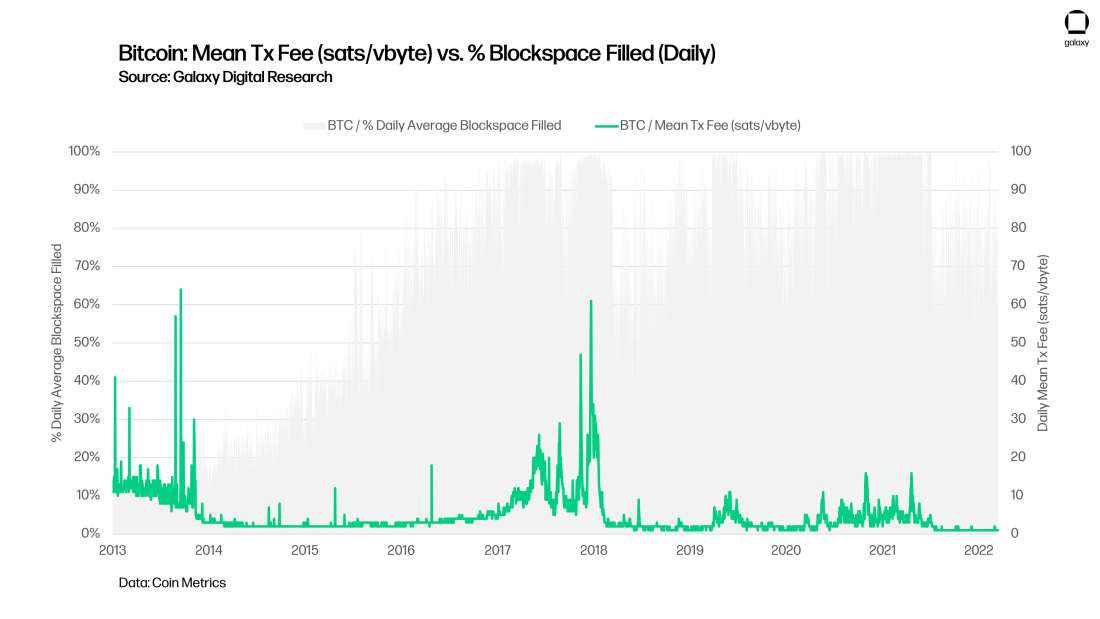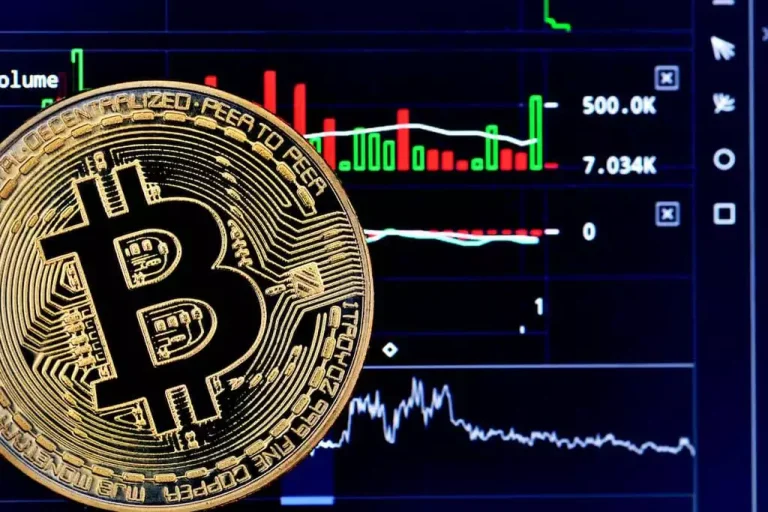How Low Fees Are Changing Crypto
The cryptocurrency landscape is undergoing a transformative shift, driven by the decreasing transaction fees associated with blockchain technology. As the barriers to entry lower, a broader audience is becoming engaged in the crypto ecosystem.
This article explores the various dimensions of how reduced fees are reshaping the cryptocurrency market, enhancing accessibility, and fostering innovation.
The Rise of Low Transaction Fees
Historically, transaction fees on various blockchain networks have fluctuated significantly, often deterring users from engaging in frequent transactions. High fees were particularly prominent during periods of network congestion, rendering small transactions economically unviable. 
However, recent advancements have led to a notable decline in these fees, attributable to several factors.
Technological Innovations
The development of Layer 2 solutions, such as the Lightning Network for Bitcoin and various scaling solutions for Ethereum, has drastically reduced transaction costs. These technologies facilitate off-chain transactions, which alleviate congestion on the main blockchain, thereby lowering fees.
Increased Competition
The emergence of alternative blockchains, such as Solana and Binance Smart Chain, has introduced competitive pricing models. These platforms often offer significantly lower fees compared to established networks, attracting users seeking cost-effective solutions.
Economic Models
Many projects are adopting innovative economic models that prioritize user experience and affordability. By implementing mechanisms such as fee rebates and dynamic fee structures, these projects enhance user engagement and encourage frequent transactions.
The cumulative effect of these developments is a more inclusive environment where users can transact without the fear of exorbitant fees.
Enhancing Accessibility and Adoption
Low fees are not merely a technical improvement; they represent a fundamental shift towards greater accessibility in the cryptocurrency market. This democratization of access has profound implications for both individual users and the broader financial ecosystem.
Empowering Small Investors
The reduction in transaction fees allows small investors to participate in the cryptocurrency market without incurring prohibitive costs. This empowerment is vital for fostering a diverse investor base, enabling individuals from various economic backgrounds to engage with digital assets.
Facilitating Microtransactions
The feasibility of microtransactions—small transactions that were previously uneconomical due to high fees—opens new avenues for innovation. Industries such as gaming, content creation, and IoT (Internet of Things) can leverage microtransactions to enhance user experiences and create new revenue streams.
Global Financial Inclusion
Low fees contribute to financial inclusion by enabling unbanked and underbanked populations to access financial services. With reduced barriers to entry, individuals in developing regions can participate in the global economy, fostering economic growth and stability.
As accessibility improves, the cryptocurrency market is poised for exponential growth, attracting a wider audience and catalyzing further innovation.
Fostering Innovation and New Use Cases
The decline in transaction fees is not just about cost savings; it is also a catalyst for innovation. As developers and entrepreneurs recognize the potential of low-cost transactions, new applications and use cases are emerging within the cryptocurrency landscape.
Decentralized Finance (DeFi)
The DeFi sector has gained immense traction, with low fees enabling users to engage in lending, borrowing, and trading without incurring significant costs. This democratization of financial services is reshaping traditional finance, allowing for greater flexibility and accessibility.
Non-Fungible Tokens (NFTs)
The NFT market has experienced explosive growth, with low fees facilitating the buying and selling of digital assets. Artists and creators can now monetize their work more effectively, leading to a flourishing ecosystem that rewards creativity and innovation.
Smart Contracts and Automation
The ability to execute smart contracts at minimal costs encourages the development of automated processes across various industries. This capability can streamline operations, reduce administrative burdens, and enhance efficiency in sectors ranging from supply chain management to healthcare.
In this rapidly evolving landscape, low fees are driving a wave of creativity and experimentation, paving the way for groundbreaking applications that were previously unimaginable.
Challenges and Considerations Ahead
Despite the numerous advantages associated with low transaction fees, certain challenges and considerations remain. It is crucial for stakeholders to navigate these complexities to ensure sustainable growth in the cryptocurrency ecosystem.
Network Security
As transaction fees decrease, there is a concern regarding the long-term sustainability of network security. Lower fees may lead to reduced miner incentives, potentially compromising the security of the blockchain. It is essential for network participants to strike a balance between affordability and security.
Regulatory Scrutiny
The rise of low-fee platforms may attract increased regulatory attention. As governments seek to understand and manage the implications of cryptocurrency, stakeholders must remain vigilant and proactive in addressing compliance requirements.
Market Volatility
While low fees enhance accessibility, the inherent volatility of cryptocurrencies poses risks for users. Investors must exercise caution and conduct thorough research before engaging in the market, particularly in light of the potential for rapid price fluctuations.
Conclusion
The decline in transaction fees is a transformative force within the cryptocurrency landscape, enhancing accessibility, fostering innovation, and empowering users. As the market continues to evolve, stakeholders must remain cognizant of the associated challenges and work collaboratively to ensure a sustainable and inclusive future for cryptocurrencies.
References
- CoinDesk: How Layer 2 Solutions Are Changing the Game
- Ethereum.org: What is Layer 2?
- CoinTelegraph: The Rise of Alternative Blockchains
- Forbes: The Future of Crypto Fees
- Investopedia: Understanding Microtransactions


































